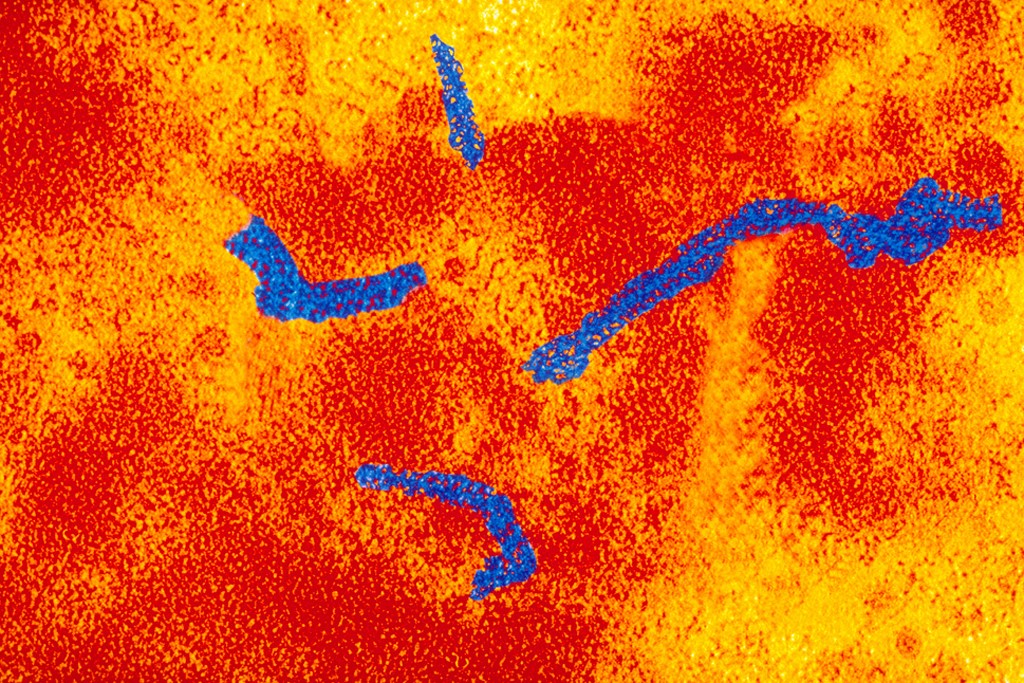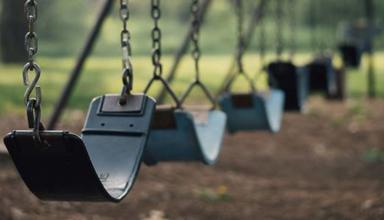Between November 2012 and July 2013 Wales experienced its largest measles outbreak since the introduction of the MMR vaccine. Measles has been in the news again in recent weeks, partly due to an outbreak of the infection in the Newport and Torfaen areas. There have also been a number of outbreaks across Europe this year. In its Global Measles and Rubella Strategic Plan 2012-2020, the World Health Organisation (WHO) set a goal of eliminating measles by the end of 2020. This will require increasing the uptake of measles vaccinations worldwide, including in Wales and the UK.
 Measles is a highly contagious, viral disease, that can cause unpleasant symptoms, hospitalisation, and, in rare cases, death. The virus that causes measles is spread by coughing, sneezing and close personal contact.
Measles is a highly contagious, viral disease, that can cause unpleasant symptoms, hospitalisation, and, in rare cases, death. The virus that causes measles is spread by coughing, sneezing and close personal contact.
In the UK and many other countries, vaccination against measles is usually administered as a combined measles, mumps and rubella (MMR) vaccine. To give adequate protection against measles, two doses of the MMR vaccine are recommended. These vaccinations are routinely scheduled for children at the ages of 1 year and 3 years 4 months.
The World Health Organisation target, and that of the UK and Welsh Governments, is for 95% of all children to receive two doses of a measles vaccine (such as MMR). This level of coverage is considered to be enough to interrupt the spread of the measles virus when it is introduced into a community, and to protect those unable to be vaccinated through what’s known as ‘herd immunity’.
Vaccination Uptake
The most recent quarterly figures (January to March 2017) show that Wales is ahead of England and the UK average in terms of MMR vaccine uptake. However, while uptake of one dose of the MMR vaccine by age 2 during this period was over 95%, coverage of two doses by age 5 remains under target.  In the late 1990s and early 2000s, public confidence in the MMR vaccine was damaged by the publication and subsequent media coverage of a research paper claiming to show a link between the MMR vaccine, autism and bowel cancer. This paper has since been discredited and formally withdrawn, with further research concluding that there is no evidence for a link between the MMR vaccine and autism. Public confidence has subsequently increased, but concerns remain about the numbers of unvaccinated 10-18 year olds, who may have missed their routine vaccinations in the years following the MMR scare. The latest quarterly data for Wales showed that the percentages of teenagers turning 16 in January to March 2017 who had received the 1st and 2nd doses of the MMR vaccine were 92.7% and 87.2% respectively – noticeably lower than the coverage amongst 5 year olds shown above.
In the late 1990s and early 2000s, public confidence in the MMR vaccine was damaged by the publication and subsequent media coverage of a research paper claiming to show a link between the MMR vaccine, autism and bowel cancer. This paper has since been discredited and formally withdrawn, with further research concluding that there is no evidence for a link between the MMR vaccine and autism. Public confidence has subsequently increased, but concerns remain about the numbers of unvaccinated 10-18 year olds, who may have missed their routine vaccinations in the years following the MMR scare. The latest quarterly data for Wales showed that the percentages of teenagers turning 16 in January to March 2017 who had received the 1st and 2nd doses of the MMR vaccine were 92.7% and 87.2% respectively – noticeably lower than the coverage amongst 5 year olds shown above.
Over the past 5 years, uptake of one dose of MMR by age 2 has remained fairly constant around the 95% mark, following the decrease in the late 1990s and early 2000s and a subsequent upward trend through the mid to late 2000s.
Uptake of two doses by age 5 experienced an upward trend year on year from 2006, but has been steadily decreasing since reaching a high of 93.1% in 2014/15. Public Health Wales has expressed concern at this downward trend, noting that it increases the risk of measles outbreaks.
Levels of vaccine uptake vary between Local Authority: uptake levels are lowest in mid and west Wales (e.g. Pembrokeshire) and in the south-east (e.g. Newport).
The relationship between deprivation and vaccination uptake was examined in a recent annual report from Public Health Wales. By comparing the percentage of children who were up to date with their routine vaccinations by 4 years of age (the 4 in 1 pre-school booster, the Hib/MenC booster, and second MMR dose) with the relative level of deprivation in which the children reside, it was found that there was an inequality gap of 6.0% between four year olds residing in the most and least deprived areas (uptakes of 81.0% and 87.0% respectively). This figure of 6% is a decrease on the gaps of 2015/16 and 2014/15, but still larger than the 5% gap reported in 2013/14. This narrowing of the gap in the last two years was not due to an increase in uptake in the most deprived areas, but rather a larger drop in uptake in the least deprived areas.
Recent outbreaks
Although the introduction of the MMR vaccine has drastically reduced the number of measles incidents, both in the UK and abroad, there have been several large outbreaks in Wales, the UK and Europe in recent years.
During the 2012/2013 outbreak in Wales, 1,202 cases were reported in South West and Mid Wales, resulting in 88 hospital admissions and 1 death (for comparison, in the whole of 2011 there were fewer than 20 confirmed cases of measles in Wales). Over 77,000 vaccines were administered during the outbreak period, over 21,000 of which were to 10 to 18 year olds. Reports on the outbreak were produced by the agencies which responded to the outbreak (Abertawe Bro Morgannwg, Powys and Hywel Dda Health Boards and Public Health Wales) and by the Fourth Assembly Health and Social Care Committee, which carried out a short inquiry into the measles outbreak. These reports concluded that the multi-agency response to the outbreak had been effective, but emphasised the need to avoid complacency in the periods between outbreaks, noting the importance of raising awareness of the need for two doses of the MMR vaccine to prevent further outbreaks. The Committee also highlighted the importance of encouraging uptake of vaccinations among frontline health staff, “for their own and patients’ safety”.
In March of this year, outbreaks were reported across Europe, particularly in Italy and Romania. By 11 July 2017 there had been 35 deaths due to measles in Europe in the period since June 2016. The majority of these (31) were in Romania, but there have also been deaths in Italy, Germany, and Portugal.
In Wales, Newport and Torfaen have seen a number of confirmed cases of measles in an ongoing outbreak: in June more than 600 children were vaccinated after 5 people with links to Lliswerry High School were diagnosed with measles; in July another 5 cases were confirmed in the Newport and Torfaen areas. Public Health Wales reported that a rolling programme of vaccination sessions had been completed in the schools in Newport in response, with a total of 1,089 children receiving immunisation.
In response to these outbreaks, public health and government officials have repeatedly urged parents to ensure that their children are up to date with two doses of MMR, especially if they are planning on travelling elsewhere in Europe or to large events such as music festivals. The advice given to the public also stresses that it’s never too late to receive one or both doses of the MMR vaccine, and that it’s important to call ahead in suspected measles cases before going to a GP or A&E.
Article by Peter Mulholland and Philippa Watkins, National Assembly for Wales Research Service.
Percentages of children who had received 1 and 2 doses of the MMR vaccine by the ages of 2 and 5, January to March 2017. (Source: Vaccination coverage report, UK (COVER programme): January to March 2017, Tables 2a and 3a).
This post is also available as a print-friendly PDF: Measles - an update (PDF, 212KB)






